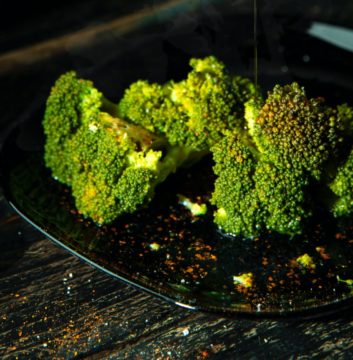As people make post-holiday resolutions and renew gym memberships, they’re also pulling out the uber-juicers or paying tons of dollars at fresh-juice shops to help shed those holiday pounds. Is juicing the path to good health? Scientific evidence supports a diet rich in fruit, vegetables, whole grains, lean protein and low-fat dairy for more nutrition. Let’s take a look at the facts and fiction around juicing.
| Juicing health claim: | Fact or Fiction? |
| Juicing is a great way to get your 5 to 9 fruit and vegetable servings daily. | Fact. If you don’t eat your fruits and vegetables, but don’t mind drinking them, juicing is an excellent option to get needed vitamins and minerals. |
| Juicing helps rid your body of toxins. | Fiction. According to the Mayo Clinic, there’s little proof that juicing diets remove toxins from the body; your kidneys and liver are there to perform that task. |
| Juicing can help you lose weight. | Fact and fiction. If you are consuming fewer calories and eating better food, you will likely lose weight. If you are on a juice “fast”, you may initially lose weight, but according to the Mayo Clinic, that loss usually just water weight and thus not easy to maintain. |
| You absorb more vitamins and minerals from the concentrated juice than from the fruits and vegetables themselves. | Fiction … so far. Scientific evidence has not proven this is the case. |
If you love juicing and it helps get you back into the healthy-eating mindset, here are some tips to better juicing:
- Use mostly vegetables when making the juice—it will keep the calories and sugar down.
- Add some of the fiber back into the juice (by including pulp) or make sure you consume fiber in other foods to help you stay full and keep you regular.
- Don’t rely solely on calories from the juice to fuel you during the day. Add protein such as fish, chicken, turkey, eggs, nuts, tofu and so on.
- If you are preparing your own juice, don’t make too much at one time. Since it isn’t pasteurized, it doesn’t last long.
If you like to drink your calories, smoothies may be a better option because they provide fiber and offer ways to boost nutrients, such as by adding protein. To create more nutritious smoothies, include nut butters, green leafy vegetables such as spinach and kale and two tablespoons (1 serving) of Kretschmer Wheat Germ. Adding wheat germ to the mix will boost your manganese, zinc, vitamin E, thiamin, phosphorous and protein intake.
What types of fruit and vegetables do you add to your juice or smoothies?

